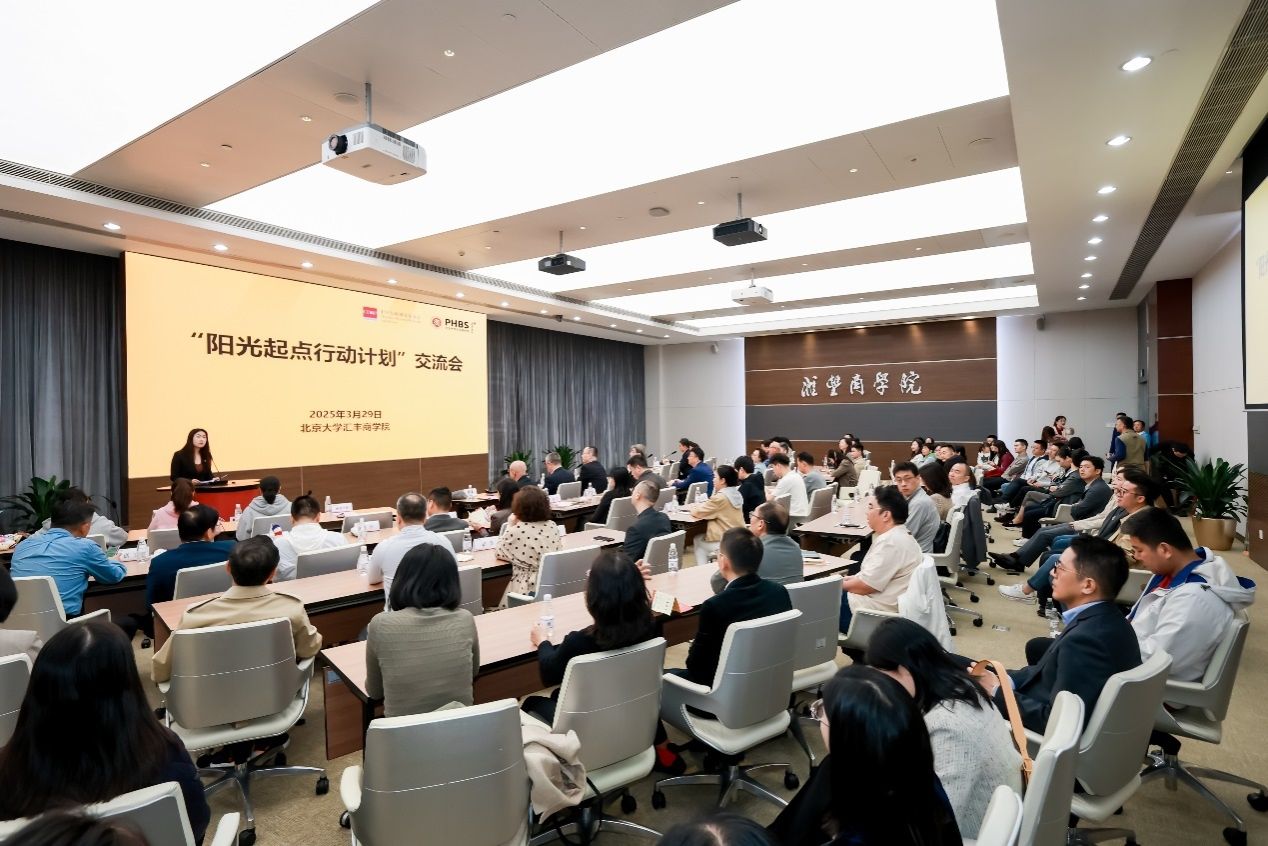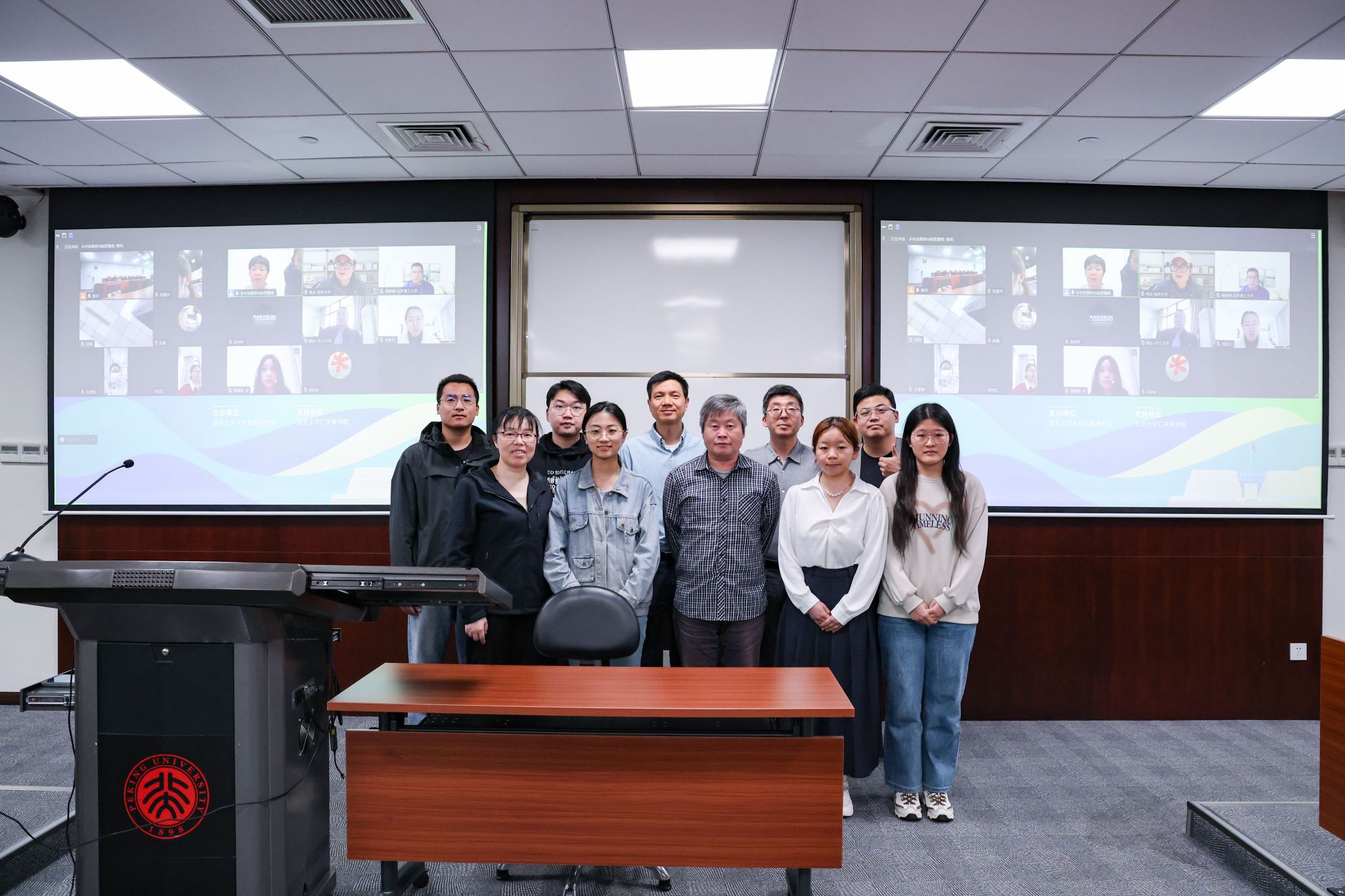【简报】北京大学汇丰商学院系列学术研讨会(137)
2015-01-21 00:00:00
1月19日下午,来自牛津大学商学院的Dimitrios P. Tsomocos教授为汇丰商学院的师生们带来了一场题为“How does Macroprudential Regulation Change Bank Credit Supply?”的学术研讨会。Tsomocos教授的研究对世界各国在经济政策制定方面都有着重要的作用。2003年,他在英格兰银行开发的Goodhart – Tsomocos model of financial fragility在十多个国家的中央银行得以应用。作为希腊主要政党的财政顾问,Tsomocos教授经常对希腊经济发表评论,对当地经济政策的制定有着举足轻重的影响。
摘要:
We analyze a variant of the Diamond-Dybvig (1983) model of banking in which savers can use a bank to invest in a risky project operated by an entrepreneur. The savers can buy equity in the bank and save via deposits. The bank chooses to invest in a safe asset or to fund the entrepreneur. The bank and the entrepreneur face limited liability and there is a probability of a run which is governed by the bank’s leverage and its mix of safe and risky assets. The possibility of the run reduces the incentive to lend and take risk, while limited liability pushes for excessive lending and risk-taking. We explore how capital regulation, liquidity regulation, deposit insurance, loan to value limits, and dividend taxes interact to offset these frictions. We compare agents welfare in the decentralized equilibrium absent regulation with welfare in equilibria that prevail with various regulations that are optimally chosen. In general, regulation can lead to Pareto improvements but fully correcting both distortions requires more than one regulation.


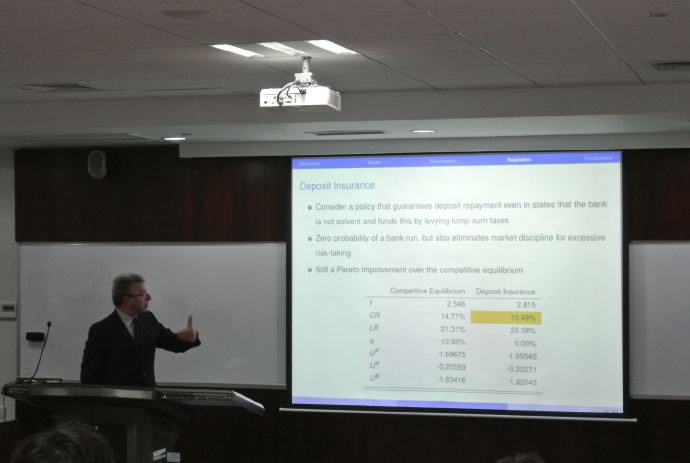
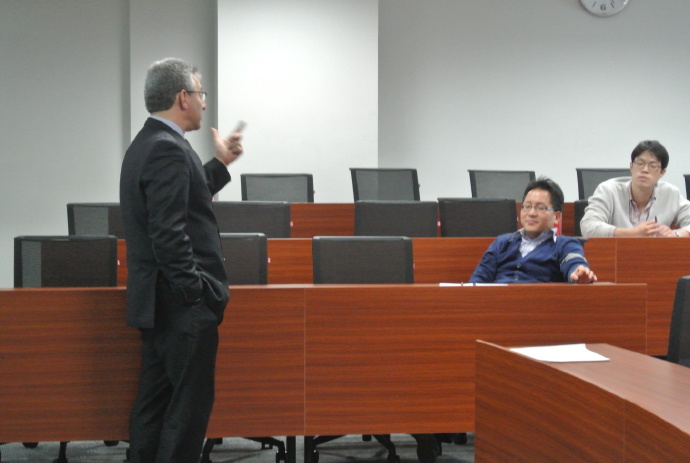
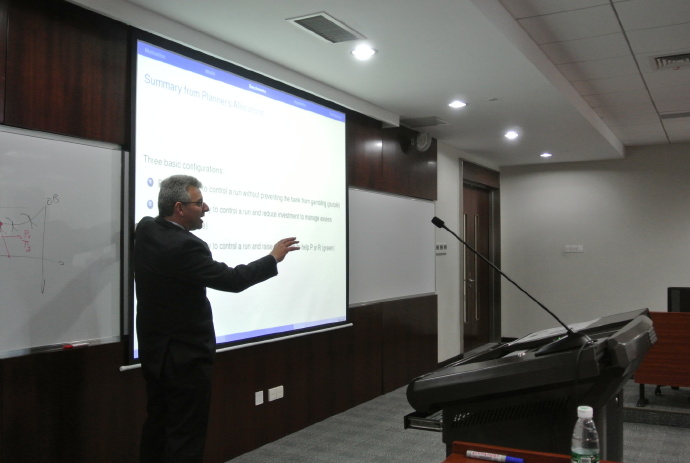
摘要:
We analyze a variant of the Diamond-Dybvig (1983) model of banking in which savers can use a bank to invest in a risky project operated by an entrepreneur. The savers can buy equity in the bank and save via deposits. The bank chooses to invest in a safe asset or to fund the entrepreneur. The bank and the entrepreneur face limited liability and there is a probability of a run which is governed by the bank’s leverage and its mix of safe and risky assets. The possibility of the run reduces the incentive to lend and take risk, while limited liability pushes for excessive lending and risk-taking. We explore how capital regulation, liquidity regulation, deposit insurance, loan to value limits, and dividend taxes interact to offset these frictions. We compare agents welfare in the decentralized equilibrium absent regulation with welfare in equilibria that prevail with various regulations that are optimally chosen. In general, regulation can lead to Pareto improvements but fully correcting both distortions requires more than one regulation.











